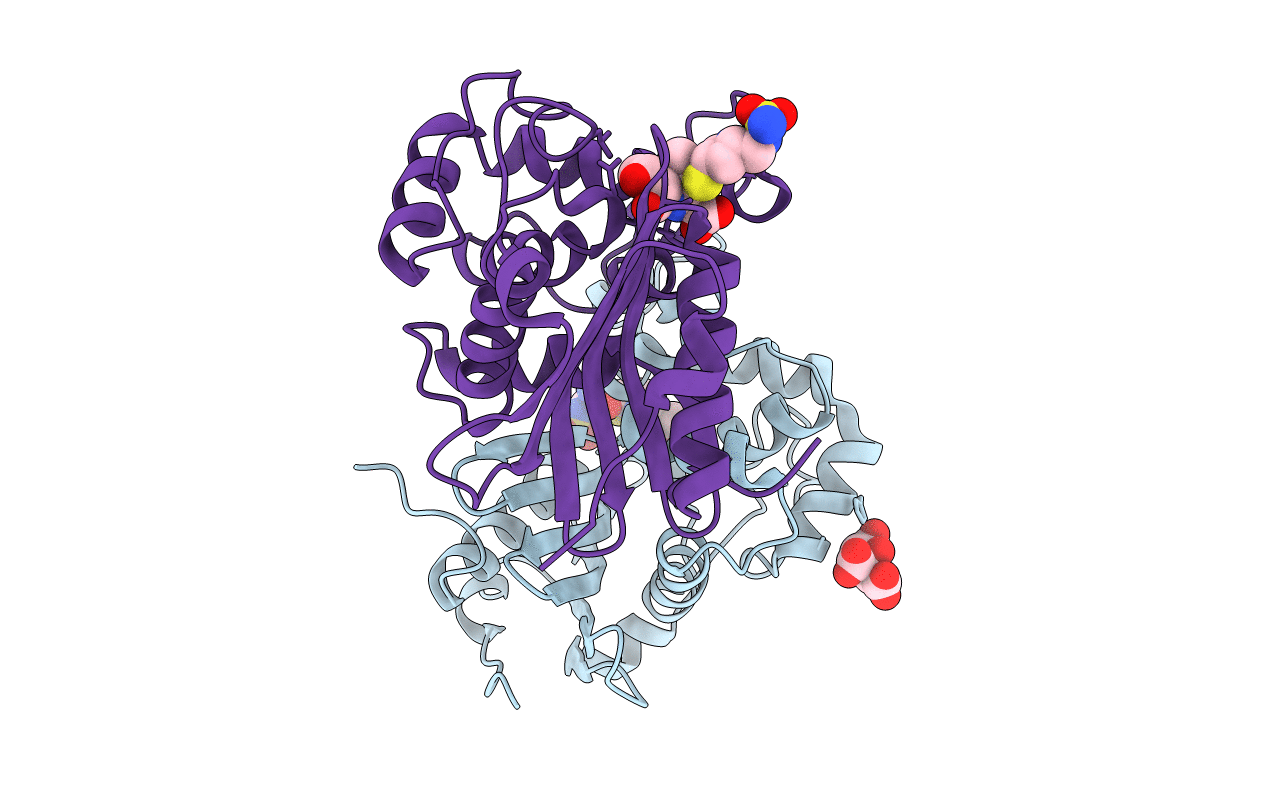
Deposition Date
2015-07-24
Release Date
2015-11-25
Last Version Date
2024-10-16
Method Details:
Experimental Method:
Resolution:
1.35 Å
R-Value Free:
0.18
R-Value Work:
0.15
R-Value Observed:
0.16
Space Group:
P 1 21 1


